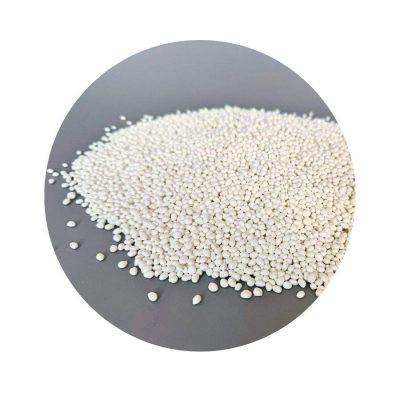When it comes to kitchen renovations, one often overlooked but crucial element is the edging of kitchen worktops. Properly securing the edging ensures not only a polished look but also long-lasting durability. Choosing the best glue for kitchen worktop edging is essential for achieving professional results. In this guide, we’ll explore the top adhesives, their benefits, and how to use them effectively.
Why the Right Glue Matters
Using the appropriate adhesive for kitchen worktop edging is vital for several reasons:
- Durability: The right glue ensures a strong bond that withstands daily wear and tear.
- Aesthetics: Properly glued edges give a seamless and clean finish to your worktops.
- Safety: A secure bond prevents edges from becoming loose, which can be a safety hazard.

Top Glues for Kitchen Worktop Edging
1. Contact Cement
Advantages:
- Provides an incredibly strong bond.
- Quick drying time.
- Ideal for laminate and wood surfaces.
Usage: Apply contact cement to both surfaces, allow it to become tacky, then press the pieces together. Ensure you align them correctly, as repositioning is challenging.
2. Epoxy Resin
Advantages:
- Extremely durable and resistant to moisture.
- Ideal for high-stress areas.
- Can fill gaps and provide a strong bond.
Usage: Mix the resin and hardener as per the instructions. Apply the mixture to the surfaces and press them together. Clamp the pieces until the epoxy sets.
3. PVA Wood Glue
Advantages:
- Easy to use and clean up.
- Provides a strong bond for wood surfaces.
- Dries clear, which is great for aesthetics.
Usage: Apply the glue to one surface and press the pieces together. Use clamps to hold the edging in place until the glue dries.
4. Polyurethane Glue
Advantages:
- Waterproof and highly durable.
- Expands as it dries, filling any gaps.
- Suitable for various materials including wood and plastic.
Usage: Apply a thin layer to one surface. Press the pieces together and clamp them. Wipe off any excess glue that expands out.
Tips for Applying Glue to Kitchen Worktop Edging
- Prepare the Surfaces: Ensure both the worktop and edging are clean and dry. Sanding the surfaces slightly can help the glue adhere better.
- Apply Evenly: Use a brush or applicator to spread the glue evenly. Avoid applying too much, as excess glue can squeeze out and create a mess.
- Clamping: Always use clamps to hold the edging in place until the glue has fully cured. This ensures a strong and even bond.
- Follow Manufacturer’s Instructions: Different glues have varying drying times and application methods. Always read and follow the instructions provided.
Conclusion
Choosing the best glue for kitchen worktop edging is crucial for both the functionality and appearance of your kitchen. Whether you opt for contact cement, epoxy resin, PVA wood glue, or polyurethane glue, ensuring proper application will result in a professional and durable finish. By following the tips outlined in this guide, you can achieve a seamless and secure edge on your kitchen worktops.
For more home improvement tips and product recommendations, be sure to explore our other guides. Happy renovating!

